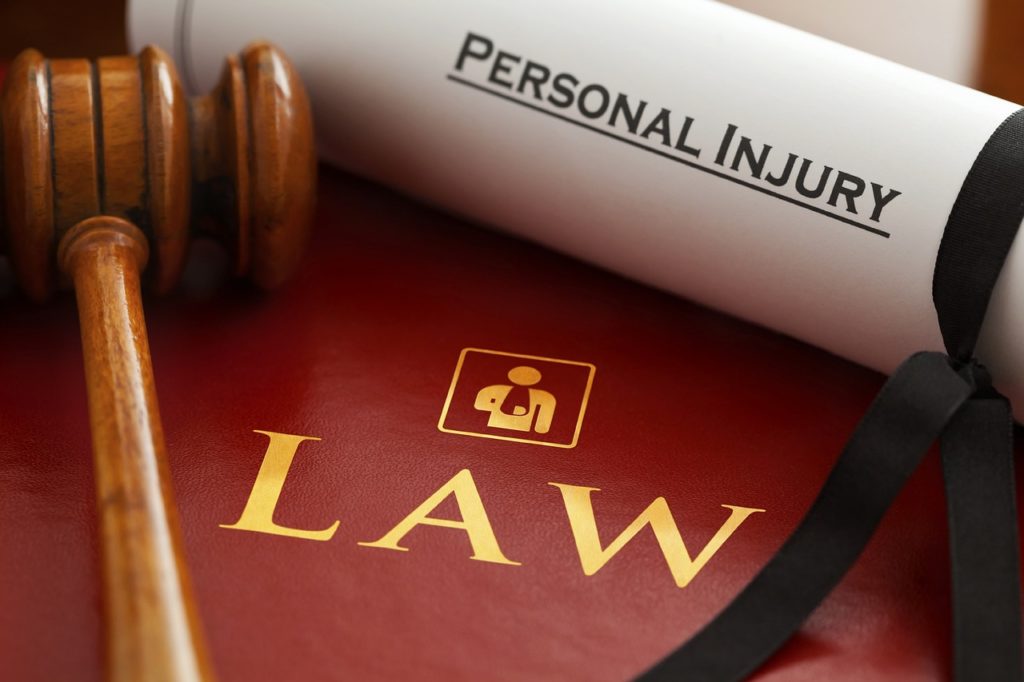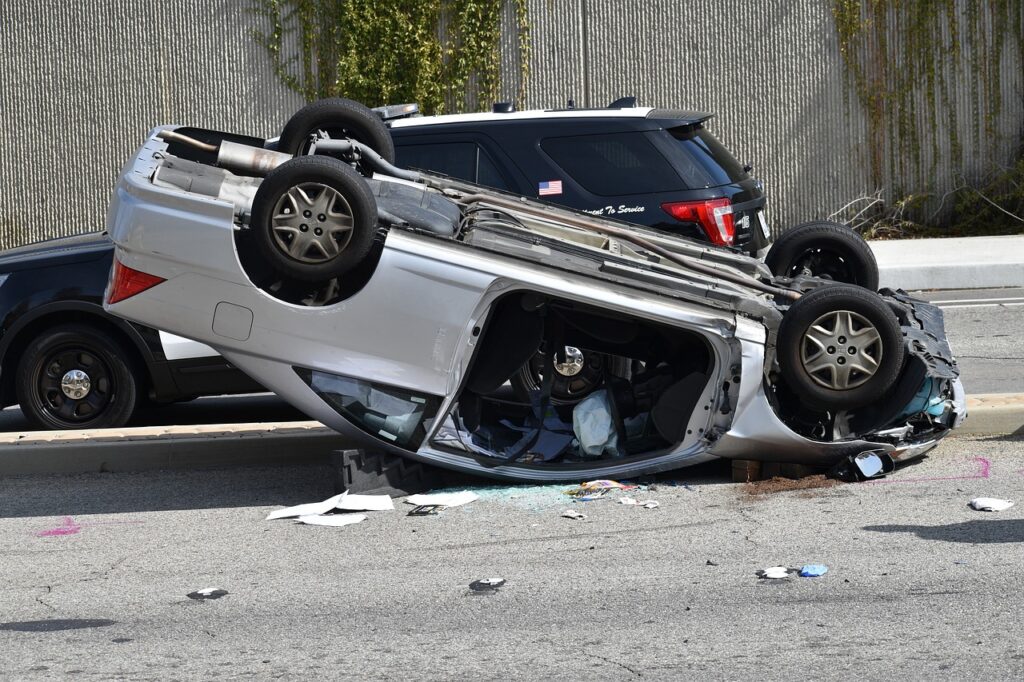Heat-Related Workplace Injuries: Know Your Rights

As temperatures rise, so does the risk for workers exposed to the elements—especially in industries like construction, landscaping, agriculture, and delivery services. In states like Florida, where summer heat and humidity can be relentless, heat-related injuries aren’t just common—they’re a serious and preventable threat. Understanding the Dangers Heatstroke, heat exhaustion, heat cramps, and dehydration are […]
Pool Accidents & Drownings: When a Day in the Sun Turns into a Legal Nightmare

Poolside vibes? Love them.Slippery tiles, faulty drains, or unsupervised kids? Not so much. Florida pools are a staple of summer—but they’re also the site of thousands of preventable injuries each year. When someone drops the ball on safety, the consequences can be devastating… and often, legally actionable. If your pool day turned into an emergency, […]
Injured While Having Fun? What You Need to Know About Summer Sports & Recreation Injuries

Summer says “get outside.”Your knee says “bad idea.” From jet skis to jungle gyms, Florida is built for outdoor action. But when a weekend activity ends with a trip to the ER instead of the beach bar, you have to ask: Was someone else at fault? If your injury happened because safety took a backseat, […]
Hurt by Fireworks? Here’s What to Do If Your 4th of July Turns Explosive

Summer nights. Fireworks in the sky. Music. Drinks.Then—boom. Someone lights the wrong fuse. A spark hits the wrong person. A firework misfires, and suddenly the celebration turns into chaos. Every year, thousands of people in Florida end up in ERs from fireworks-related injuries—many of them preventable, and many caused by someone else’s negligence. If that […]
5 Common Mistakes People Make After a Personal Injury (And How to Avoid Them)

Suffering an injury is stressful enough—medical visits, missed work, and physical pain can turn your life upside down. But what many people don’t realize is that how you respond in the aftermath of an injury can make or break your personal injury claim. Here are five common mistakes injury victims make—and how you can avoid […]
What Counts as Emotional Distress in a Personal Injury Case?

Physical injuries aren’t the only type of harm after an accident. Emotional distress is real—and legally recognized. What Is Emotional Distress? When Is It Considered in Court?You need to show: Proving It: Compensation May Cover: Why You Need Legal HelpDarfoor Law gathers the right evidence, proves emotional harm, and fights for compensation beyond just physical […]
Premises Liability: Navigating Property Owner Responsibilities in Florida

Premises liability is a fundamental aspect of personal injury law that holds property owners responsible for maintaining safe conditions on their premises. In Florida, recent legal developments have impacted both property owners and visitors, making it essential to understand these nuances for protecting rights and ensuring fair compensation in case of injury. Duty of Care […]
Online Safety and Liability: Navigating the Digital Frontier in Personal Injury Law

The digital landscape has revolutionized communication, interaction, and business operations, bringing new challenges to personal injury law, especially concerning online safety and liability. Florida’s Online Protection for Minors Act (HB 3), effective January 1, 2025, represents a pivotal shift in addressing these issues. Understanding the New Legal Landscape HB 3 imposes strict regulations on social […]
Early Fall Brings Cooler Weather and Unique Road Hazards: How to Stay Safe

As the early days of Fall settle in, we welcome the cool breeze, scenic foliage, and longer nights. However, with the beauty of Fall comes a range of unique road hazards that drivers and pedestrians alike must navigate.
Beyond Vehicle Damage: Maximizing Your Compensation After a Car Accident

The aftermath can be overwhelming, especially when dealing with vehicle repairs, medical expenses, and insurance claims.

